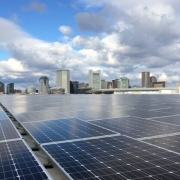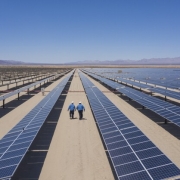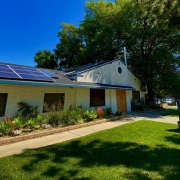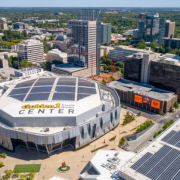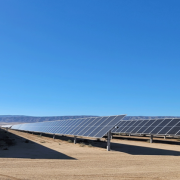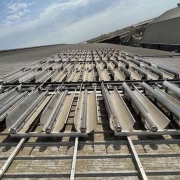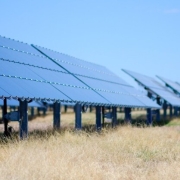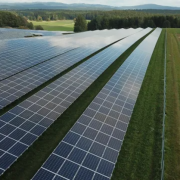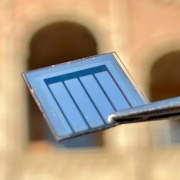More Americans than ever are looking to take on projects to help minimize their home’s carbon footprint, with 36 percent planning to install solar panels this year.* Today, Thumbtack, the app helping millions of homeowners to care for their homes, revealed the list of the ‘Most Solar Cities in the U.S.’ based on data from millions of home projects booked from across all 50 states** specifically for new solar panel installations.
The most solar cities in the U.S. based on Thumbtack’s findings are:
- San Diego, California
- Los Angeles, California
- Austin, Texas
- Palm Springs, California
- San Francisco, California
- Las Vegas, Nevada
- Phoenix, Arizona
- Orlando, Florida
- San Antonio, Texas
- Tampa, Florida
- Dallas-Ft. Worth, Texas
- Denver, Colorado
- Salt Lake City, Utah
- Washington, D.C.
- Sacramento, California
Click here to read the full article
Source: Business Wire
—
If you have any questions or thoughts about the topic, feel free to contact us here or leave a comment below.

